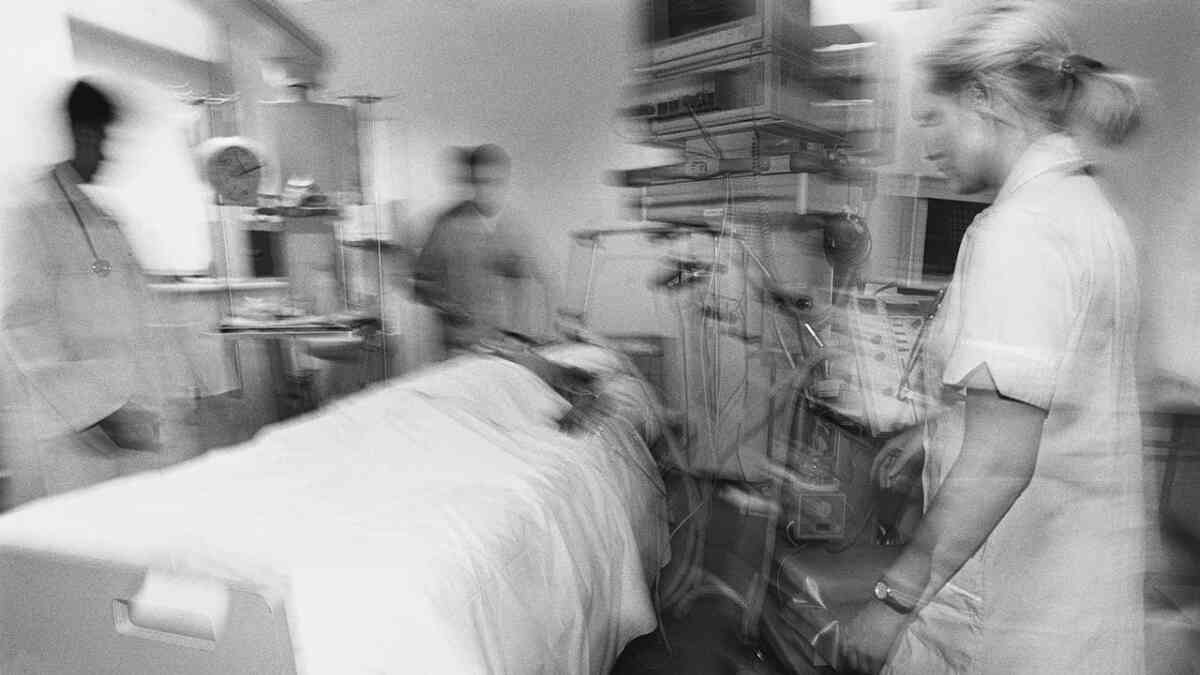
The Increasing Importance of the Patient Experience
Hospitals and health systems are rapidly increasing the priority of the patient experience.
Hospitals and health systems are rapidly increasing the priority of the patient experience. In a HealthLeaders Media study, 88 percent of senior health care executives said that patient experience is among their top five priorities—and the number jumped higher when these executives were asked about their priorities five years into the future.
Although these same leaders pooh-poohed the rise of consumerism in health care only a couple years ago, there’s no doubt that it’s here to stay. A survey of 800 Massachusetts adults found that a mere 24 percent trusts doctors completely when it comes to recommending hospitals and health systems for care. The vast majority talks to family and friends and considers ratings and advertising in deciding where to receive treatment.
Add that to the current focus on HCAHPS scores—which are tied to reimbursement in some places—and the ongoing national conversation around readmission strategies, patient empowerment and engagement, accountable care, and the medical home, and you have a climate that makes focus on the patient experience a necessity more than a nicety.
Nonclinical Experience Chosen over Superior Clinical Care
Today’s patient has greater choice—and is more comfortable than ever exercising his options. Don’t count on referring physicians to redirect them, either. Read this excerpt from a New England Journal of Medicine article:
“Physicians said that when deciding where to refer patients, they placed considerable weight on the patient experience, in addition to considering the hospital's technology, clinical facilities, and staff. Almost one third of general practitioners even said they would honor a patient’s request to be treated at a hospital that provided a superior nonclinical experience but care that was clinically inferior to that of other nearby hospitals. [Emphasis ours.] Patients themselves said that the nonclinical experience is twice as important as the clinical reputation in making hospital choices.” –Dana Goldman, “The Emerging Importance of Patient Amenities in Hospital Care.”
The nonclinical experience is twice as important as the hospital’s clinical reputation? And a full one third of general practitioners would refer patients to hospitals that had inferior clinical care and a superior nonclinical experience?
Interesting.
Superior Patient Experience = Improved Outcomes and Reduced Readmissions
Filling beds and increasing patient numbers is always a priority for hospitals and health systems—and definitely a benefit of improved patient experiences. However, the incentive to consider the patient experience as strategically imperative increases exponentially in light of research published in the Journal of Ambulatory Care Management showing that systematic efforts to measure and improve the patient experience “can increase the effectiveness of primary care, improve patient outcomes, and control costs.”
Further, another study from the UK’s National Health Service found that “patients who are well informed and feel comfortable in their surroundings tend to be less prone to complications and subsequent readmission to hospital.”
And a study on readmission rates and patient satisfaction published in The American Journal of Managed Care found that “higher hospital-level patient satisfaction scores (overall and for discharge planning) were independently associated with lower thirty-day readmission rates. […] These improvements were between 1.6 and 4.9 times higher than those for the three clinical performance measures.”
Patient Experience Strategy a Must
It’s time to move beyond token gestures to the patient experience—added amenities, updated room décor, evolved dining menus—to serious evaluation of the patient experience and strategic planning around how to continuously improve it.
And the ideal patient experience may not be what hospital and health system administrators expect. FrogDog’s years of work evaluating and developing strategies for consumer experiences have shown that there’s often a wide gap between what consumers value and what the organization believes they value. For example, hospitals who believe patients want the latest technologies may find that their patients don’t understand medical equipment advancements and would rather have higher touch care, more ease of hospital access (parking, wayfinding, and so forth), and better on-line information prior to and after care.
In addition, hospitals and health systems must ensure that the patient experiences they craft and deliver are true to the purpose and mission of their organizations. Branding and market positioning are keys to attracting and engaging the right patient mix.
This is a tall order. Yet it’s time. Hospitals and health systems must
- assess their current and ideal patient experiences on multiple levels and in light of their organization’s mission and its ideal patient mix,
- perform gap analyses between the ideals and the realities, and
- build strategic plans to bridge the gaps.
Stymied? FrogDog can help. We’ve developed an assessment process that analyzes the ideal against the reality for your patient experience and determines where adjustments are needed. Contact us.
Updated: Oct 10, 2019

We do not spam. And you can unsubscribe when you want.